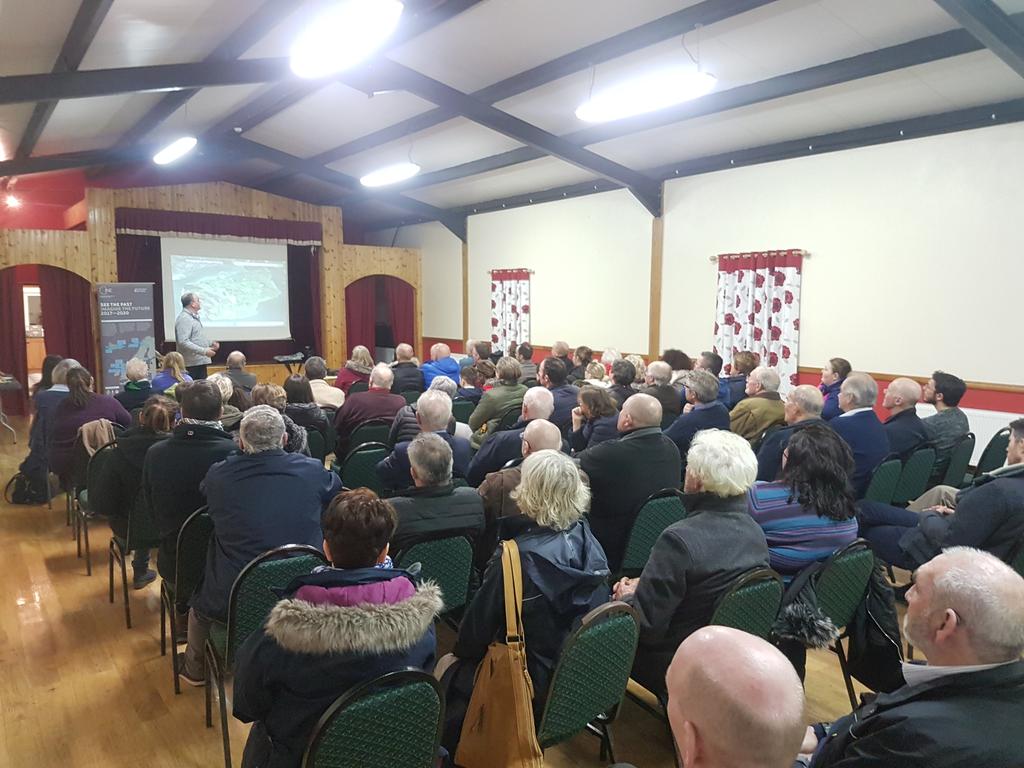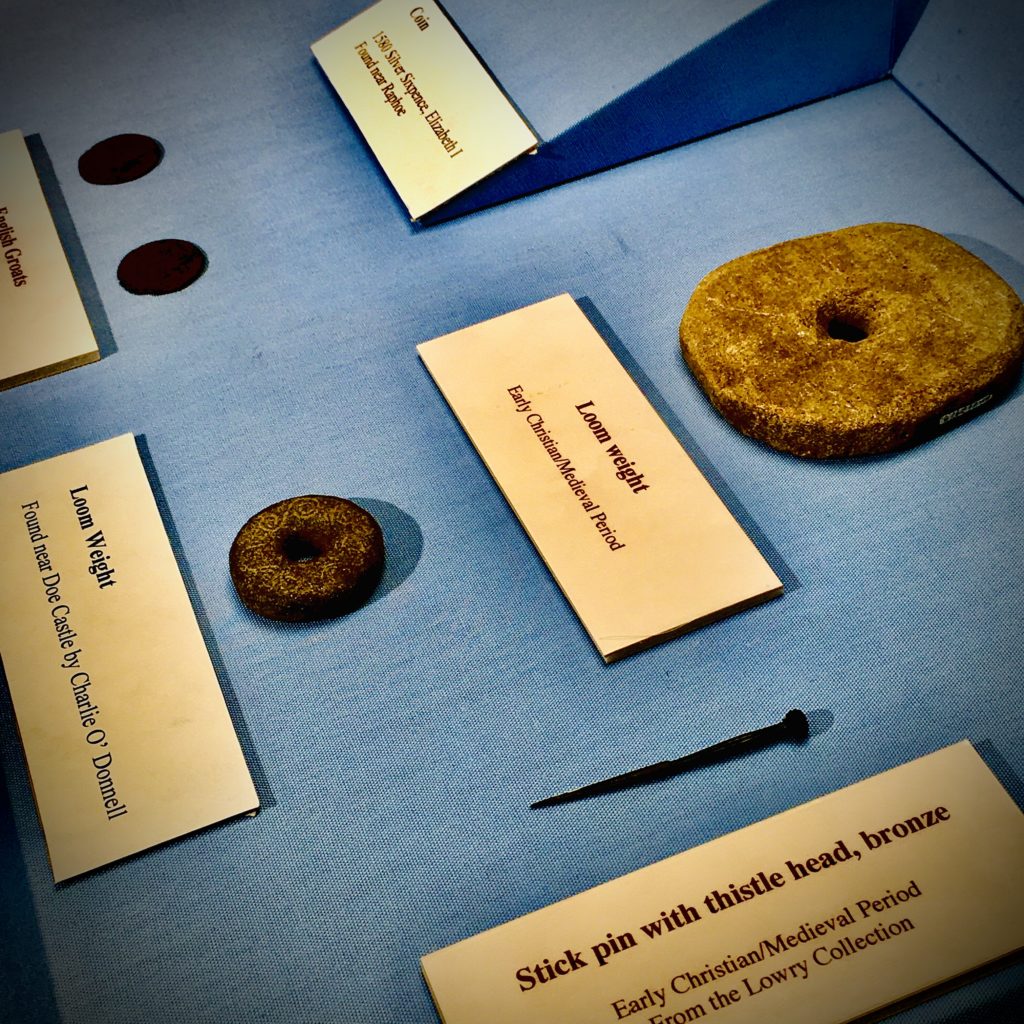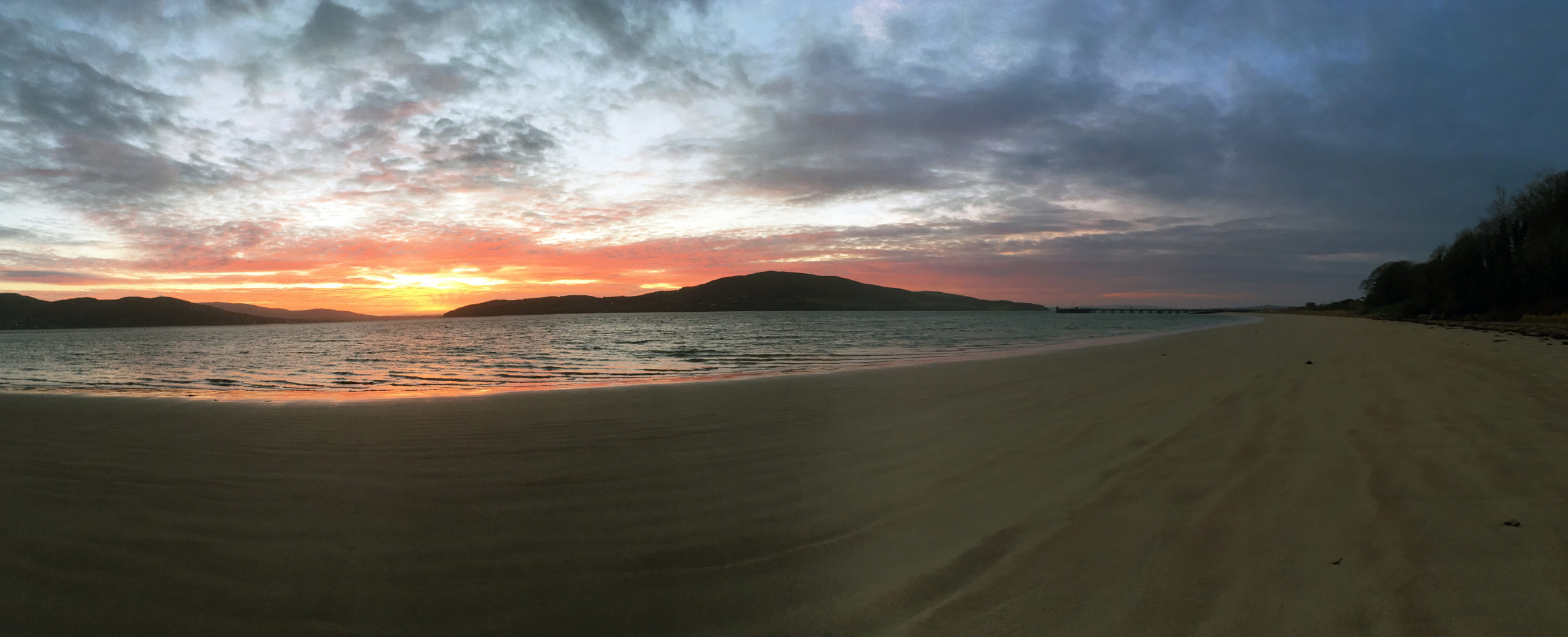We better start off by answering this, if only to be able to start somewhere. There are a multitude of definitions of co-production in articles, journals and out across the internet. Some of the definitions you will read are concise, some academic, and some theoretical. The principles of co-production may be applied across a range of disciplines, including social care, health and governmental policy, and so some definitions are inappropriate for the heritage and cultural sectors.
A quick internet search will reveal a huge amount of information that may have little or no relevance to your project…
Wiki definitions
In the context of public services and civic life: co-production is an asset-based approach that enables people providing and people receiving services to share power and responsibility, and to work together in equal, reciprocal and caring relationships.
Co-production, as a method, approach and mind-set, is very different from traditional models of service provision. As has been shown, it fundamentally alters the relationship between service providers and users; it emphasises people as active agents, not passive beneficiaries; and, in large part because of this alternative process, it tends to lead towards better, more preventative outcomes in the long-term.
https://en.wikipedia.org/wiki/Co-production_(public_services)

How do we explain it?
You’ll see later on how I explained this idea of co-production to the islanders of Inch, but I also feel the need to elaborate a little on the idea. I was due to lead a co-production workshop at the final CINE Project conference in Lofoten, Norway, in late April 2020. The conference was postponed due to the Covid-19 pandemic, but I’d been thinking about how I might best explore the nature of co-production.
Think of it this way…
You are a museum or heritage organisation. You want to create a new exhibit, publication or website. The curators and archivists and designers and technicians all contribute their incredible expertise.
The ‘thing’ is made… it might be the most incredible website, it might be a beautifully printed book, it might be glass cases containing precious artefacts. Whatever the thing is, it is remarkable. Every single professional in your organisation has contributed.
The community are invited to log-on to the website, to pick up a copy of the book, or to see those artefacts in their glass cases…

And the community are impressed. You know that, because they leave their comments on the website, or buy the copies of that beautiful publication, or scribble notes in the visitor’s book at the museum’s front desk.
And then they leave. There is little or no contribution from those website visitors or book readers or museum patrons to the actual ‘thing’.
The museum or heritage organisation has done the job it is required to do, the public have given their approval, but neither the organisation nor the community have entered into any form of meaningful dialogue with each other.
It is very much a case of ‘Us’ and ‘Them’.
In co-production there is no Us or Them. Co-production requires an egalitarian and democratised approach to the creation of whatever the output might be.
The organisation is suddenly obligated to engage with the community, and it’s scary, if they’ve never done anything like this before. The professionals and their credentials must cede control of the process and outputs to the voices and wishes of the community, uncertain of the direction this new-fangled co-production might take.
And for the community, co-production is as discomforting. They have trusted the heritage and cultural organisations to put stuff in glass cases, and now they’re being asked what stuff should be. They are unsure whether their histories are interesting enough, and they are as uncertain of what this co-production thing might be as the professionals.
Sure, what would we know about that?
This probably isn’t of any interest…
I don’t really have any stories…
One more Wiki definition
Co-production is not just a word, it’s not just a concept, it is a meeting of minds coming together to find a shared solution. In practice, it involves people who use services being consulted, included and working together from the start to the end of any project that affects them.
The last one is probably as close to the idea of co-production we are discussing in this guide, but try using those words in a community setting, and you’ll have lost them in the first 30 seconds, for it sounds very aspirational and academic.
In this guide, we need to narrow our scope to the heritage and cultural sectors, and find words we can be sure work for us, before explaining the idea of co-production the communities we hope to work with. To that end, I would like to use the following definition as starting point for all that follows.
Co-production is the process by which we facilitate and empower the community, both individually and collectively, to become the curators, makers and performers of their own stories.
It’s not a form of words you might have seen before, but it is a close to what I believe the philosophy of co-production excellence should be. It’s a philosophy that is in contrast to many of the historical outputs from heritage and cultural organisations, where the community was often regarded as either audience, footfall or visitor numbers.
That mind-set has changed, and is changing still. Methodologies have evolved, ideas have been exchanged, projects have developed.
We are now looking at our communities as equals, as teachers, as the caretakers of knowledge, and as our partners. We are no longer sitting in offices planning the next event with which to impress or entertain our audience or increase that footfall.
Co-production requires us to leave our desks, our experience, our published papers and our CVs behind us. It requires us to sit with people, not in front of them. It requires us to be human and to listen. And if we listen, then we hear amazing stories…
For heritage and culture professionals, co-production requires a mind-shift, an openness to unknown possibilities, and a willingness to accept failure. It requires hard work, long hours, endless kilometres of driving. It requires patience, stamina and care.
Co-production is challenging, ambiguous, unpredictable and scary. Outcomes and outputs will be discarded, unintended consequences will unfold, and previous evaluation methodologies will be utterly unsuited. At times, it will feel chaotic. At times, you will feel stretched in every direction. At times, you will wonder if it is worth the effort. And then there will be moments when you wonder why you ever considered doing anything else.
So now we have our definition and I’ve given you the pre-flight safety announcement. It’s time to learn the rules.


